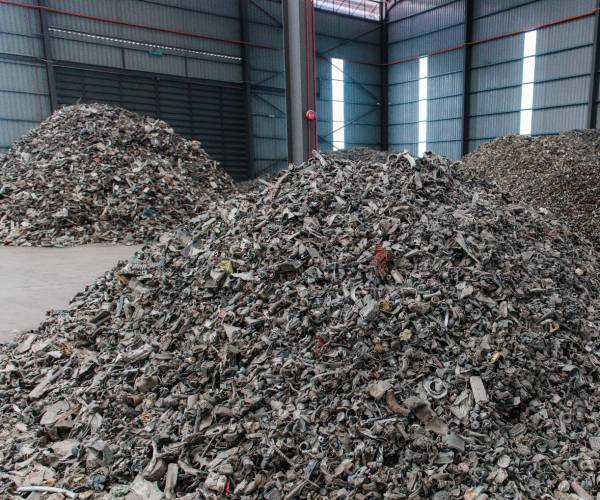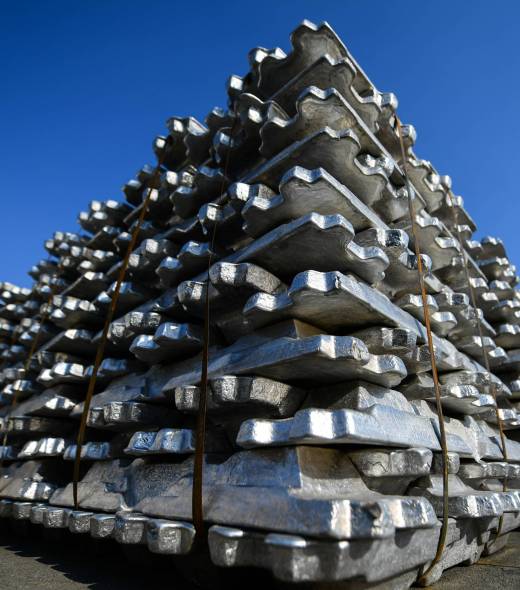Aluminium and Sustainability, An Integrated Approach
Aluminium recycling is a vital aspect of sustainable resource management, offering numerous environmental and economic benefits. Our aluminium recycling process begins with collection, where used aluminium products such as beverage cans, foil, and packaging are gathered from various sources, including households, businesses, and recycling centers.

Once collected, the aluminium undergoes sorting and cleaning to remove any contaminants such as paper labels or plastic coatings. Advanced sorting technologies, including eddy current separators and optical scanners, help streamline this process, ensuring efficient separation of aluminium from other materials.
After sorting, the aluminium is shredded into small pieces or crushed into bales, ready for melting. During melting, the aluminium is heated to high temperatures, melting it into a liquid form. Impurities are skimmed off the surface, leaving behind pure molten aluminium.
The molten aluminium is then cast into ingots or billets, ready to be used in the production of new aluminium products. This closed-loop recycling process significantly reduces energy consumption and greenhouse gas emissions compared to primary aluminium production, making it an environmentally sustainable option.
Moreover, aluminium is infinitely recyclable, meaning it can be recycled repeatedly without losing its quality or properties. This characteristic underscores the importance of recycling and reusing aluminium as a key strategy in conserving natural resources and minimizing waste.
Why is aluminium sustainable?
in used today
since 1991 in US
How does recycling aluminium help the environment?
Recycling and reusing aluminium offer significant environmental and economic advantages. Firstly, it conserves valuable natural resources by reducing the need for new aluminium extraction from bauxite ore, thus preserving habitats and ecosystems.
Secondly, recycling requires significantly less energy compared to primary aluminium production, leading to lower greenhouse gas emissions and mitigating climate change. Thirdly, aluminium’s infinite recyclability ensures that it can be reused repeatedly without compromising its quality, resulting in a closed-loop system that minimizes waste.
Lastly, recycling and reusing aluminium contribute to job creation and economic growth in the recycling industry while promoting sustainable practices.



